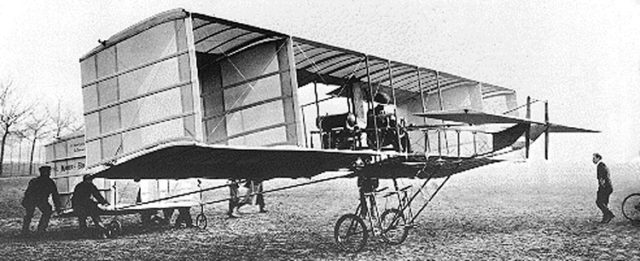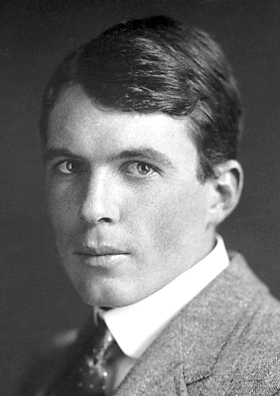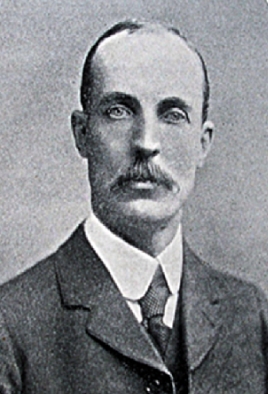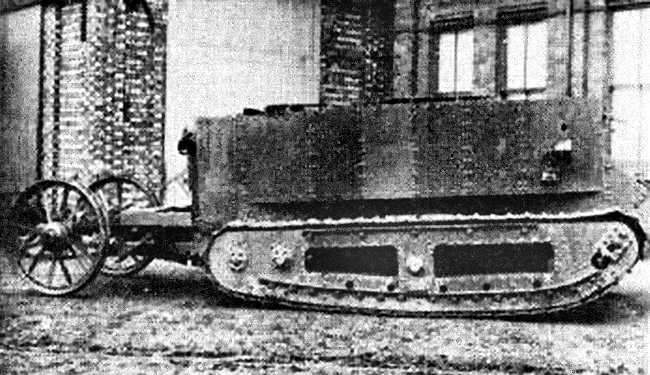The First World War was a period of unprecedented destruction, but also of previously unmatched creativity. The first truly industrial war, it was founded on technological innovation. Further innovation was needed for either side to gain an edge, and so these inventors played a vital part in the British war effort.
John Moore-Brabazon
Once an innovator in the early days of flying, John Moore-Brabazon had given up life in the air after an accident killed his friend Charles Rolls. But when he signed up to help with the war effort in November 1914, the 30-year-old Brabazon found himself as a second lieutenant in the Royal Flying Corps.
Every aspect of the use of planes in warfare was in its infancy, and aerial reconnaissance was no exception. By flying over enemy lines, spotters had the opportunity to photograph and analyse enemy positions. What they needed was a way to do this well.
Unlike many of his colleagues, Brabazon had experience in photography as well as flying. Together with the only other man who shared this experience, Sergeant-Major Victor Laws, Brabazon formed a team specialising in aerial reconnaissance photography.
Applying a strictly scientific approach to his work, Brabazon experimented with new forms of photography to counter the problems of taking pictures from the air. He and Laws had developed a series of cameras before Laws moved on to train aerial photographers. Brabazon continued in his technological work. He developed new photographic systems to counter the problems of moisture in the air; better mounts to make photos less blurry; the use of flares for night-time photography; remote controls and systems to feed plates into the cameras in midair.
By the middle of the war, Brabazon’s inventions were being used to take thousands of photos, informing the British about enemy positions.

William Ashbee Tritton and Major Walter Wilson
As with most great inventions, many people contributed to the creation of the armoured tank. These ranged from Ernest Dunlop Swinton and Maurice Hankey, who first officially suggested an armoured machine pushed from behind, to early users such as J. F. C. Fuller, who did much to develop the tactics and therefore future technological requirements of the tank. But credit for the first working vehicle goes to William Ashbee Tritton and Major Walter Wilson.
Tritton was the managing director of Fosters in Lincoln, the company given responsibility for building the first working prototype. Together Wilson, a military engineer, he looked at examples of tracked vehicles already in use on farms in the United States. From these, they drew inspiration for their own vehicle. But they kept running into problems with the tracks. Applying their extensive experience, they came up with a heavy-duty steel track that ran in a loop all the way around the vehicle.
Combined with a powerful engine, ship-style armoured plating, and a mixture of guns, tanks became the next big thing in the ground war. Though it took time for them to be effectively used, they shaped the future of warfare.
William Lawrence Bragg

The son of a renowned physicist and mathematician, Bragg was a gifted mathematician and scientist in his own right. Working with his father, he developed laws for understanding the diffraction of X-rays through a crystal, laws which gave birth to X-ray spectroscopy and earned the Braggs a Nobel Prize, making him for many years the youngest person ever to become a Nobel laureate.
At the start of the war, Bragg joined a Territorial battery of the Royal Horse Artillery. This position did not suit him, and he leaped at the chance to leave when he was approached by the army to do scientific work in 1915.
Building on ideas from the French army, Bragg was tasked with finding a way to locate enemy artillery based on the sound of their guns. Sent into the field to experiment, he created the principles of sound ranging. A series of microphones was set up along a line several miles apart. When an enemy gun fired, the time the sound reached each microphone was precisely recorded. Using formulae he invented, Bragg was able to use this to establish the location of the gun.
He and his team experimented with different low-frequency microphones until they developed a system that could filter out background noise, allowing them to locate an enemy gun to within 50 meters – good enough to return fire. Hundreds of German guns were found using this technology at Passchendaele and Cambrai.
By the end of the war, Bragg was teaching his techniques to other artillery officers. He would go on to become one of Britain’s most respected scientists, closely involved with the discovery of DNA.
William Mills

Originally a marine engineer, William Mills developed a keen interest in metallurgy. In the 1880s, he opened Britain’s first aluminum foundry. To show off the potential of the metal, he made everything from aircraft engine parts to heads for golf clubs.
In January 1915, Mills met a friend of a Belgian engineer who had been taken prisoner early in the war. This engineer had been working on a grenade with a lever that, when released, began the detonation process. At the time, British grenade technology was far inferior to that of the Germans. Given the usefulness of grenades in trench fighting, any improvement would be a good thing.
Mills redesigned the concept of the Belgian grenade. At first, the lever was prone to springing off, making the grenade hazardous to its user. Mills secured it with a pin which could be removed with one hand while the other held the grenade. The lever would then fall away as the grenade was thrown. This pineapple-shaped device exploded five seconds later, sending fragments of iron in every direction. Easy to use and deadly against the enemy, the Mills grenade was a hugely popular and useful addition to British army equipment.
This pineapple-shaped device exploded five seconds later, sending fragments of iron in every direction. Easy to use and deadly against the enemy, the Mills grenade was a hugely popular and useful addition to British army equipment.
